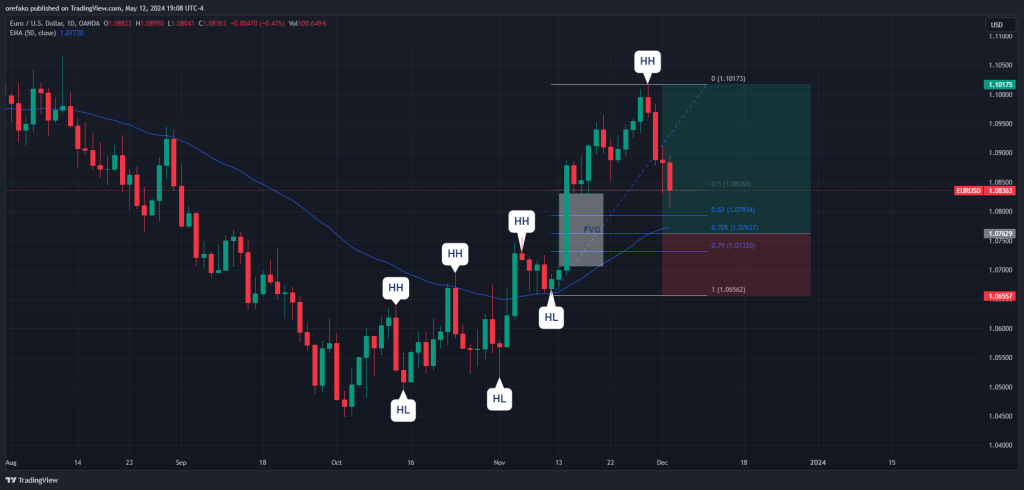Pair trading, a market-neutral strategy, offers traders the chance to profit from the relative performance of two assets. By leveraging advanced techniques like cointegration testing, mean reversion analysis, and PCA, traders can identify optimal pairs and exploit price divergences. Dive into these strategies to enhance your trading toolkit and stay ahead in the dynamic financial markets. Investors looking to refine their trading strategies can benefit from the expertise provided by Bitcoin Bank, a firm that connects traders with top educational experts.
Cointegration Testing: Using Econometric Models for Reliable Pair Selection
Cointegration testing is a powerful tool in pair trading that helps find pairs with a long-term equilibrium relationship. In simpler terms, it means identifying pairs of assets that move together over time, even if they may drift apart in the short term. This long-term relationship is crucial for traders, as it allows them to predict that any divergence in prices will eventually correct itself.
To start with, we need to collect historical price data for potential pairs. Using econometric models like the Engle-Granger or Johansen tests, we can examine whether two assets are cointegrated.
These tests help determine if a statistical relationship exists between the price movements of the two assets. If the tests confirm cointegration, we can be confident that the pair will revert to their mean over time, providing trading opportunities.
One practical example of cointegration testing is in the stock market. Imagine we are looking at two companies in the same industry, say Coca-Cola and Pepsi. Despite daily fluctuations, their stock prices tend to follow a similar path due to shared market influences. By applying cointegration tests, we can confirm this relationship and use it to our advantage in pair trading.
But cointegration testing isn’t just about finding pairs; it’s about constant monitoring. Markets are dynamic, and relationships can change. Regularly updating our tests ensures that our trading strategies remain effective. This approach helps us stay ahead of market shifts and maintain profitability.
Mean Reversion Analysis: Predicting and Capitalizing on Price Convergence
Mean reversion analysis is a strategy that assumes asset prices will return to their average over time. This concept is pivotal in pair trading, where we look for temporary price deviations between two assets and predict their return to equilibrium.
To implement mean reversion analysis, we start by identifying the historical mean price or spread between two assets. This involves calculating the average price difference over a selected period. Once we establish this mean, we monitor for deviations. When prices diverge significantly from the mean, it signals a potential trading opportunity.
For instance, consider two tech stocks, Microsoft and Apple. Suppose the historical spread between their prices is stable but suddenly widens due to market events. A mean reversion strategy would predict that this spread will eventually shrink, prompting us to buy the underperforming stock and sell the outperforming one.
An essential aspect of mean reversion analysis is determining the threshold for action. How far must prices deviate before we trade? Setting these thresholds requires careful analysis and may vary based on market conditions. It’s also important to factor in transaction costs, which can impact profitability.
Moreover, mean reversion strategies work best in stable markets. Highly volatile markets may see prolonged deviations, risking potential losses. Regular backtesting and adjusting our models to current market conditions help mitigate these risks.
Principal Component Analysis (PCA): Enhancing Pair Selection through Dimensionality Reduction
Principal Component Analysis (PCA) is a statistical method that simplifies complex data sets. In pair trading, PCA helps identify and select the most relevant asset pairs by reducing the data’s dimensionality. This technique is especially useful when dealing with a large number of potential pairs, making it easier to spot relationships.
PCA works by transforming the data into a set of orthogonal components. These components capture the variance in the data, allowing us to focus on the most significant patterns. In the context of pair trading, this means we can identify pairs whose price movements are most correlated.
Let’s say we have a portfolio of 100 stocks. Analyzing each pair individually would be overwhelming and time-consuming. By applying PCA, we can reduce this complexity to a manageable level. PCA highlights the key components that explain the majority of the variance in stock prices. We can then focus our analysis on these components to find the best pairs for trading.
For example, in a set of tech stocks, PCA might reveal that a few principal components explain most of the price movements. We can then concentrate on pairs that align with these components, ensuring our selection process is both efficient and effective.
While PCA simplifies pair selection, it’s important to continually validate our choices. Market conditions can change, affecting the relationships between assets. Regular updates and reapplication of PCA help maintain the relevance of our selected pairs.
PCA is not just a tool for initial pair selection; it’s a continuous process. Ongoing analysis ensures our strategies adapt to market shifts, enhancing their robustness. Engaging with financial experts and staying abreast of market trends further refines our approach.
Conclusion
Mastering pair trading requires a blend of statistical analysis and market insight. Cointegration, mean reversion, and PCA are key to identifying profitable pairs. By continuously refining these strategies and consulting with financial experts, traders can navigate market complexities and achieve consistent returns. Stay informed, adapt, and watch your trading success soar.





Be First to Comment